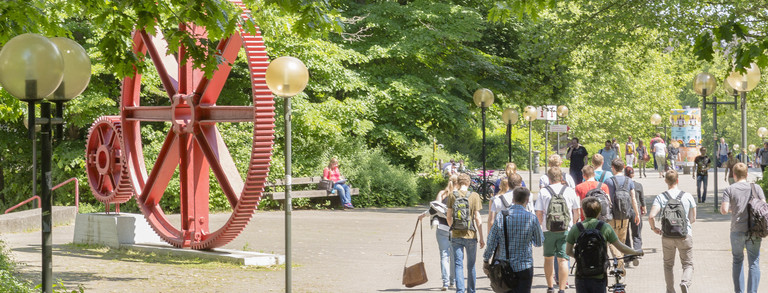DFG 530326817
In modern engineering, structures are often designed to their performance limits, requiring the increasing use of uncertainty quantification (UQ) in computer-aided engineering. This is because it is difficult to precisely quantify all parameters within computer models, especially when these parameters vary within individual components. These variations are often limited by the available data, both spatially and stochastically.
Two frameworks for modelling uncertainty have emerged: random fields and interval fields. Random fields use probability theory to offer a comprehensive portrayal of spatial uncertainty, but require high spatial resolution data and replicated experiments, which can be costly and time-consuming to obtain. Interval fields prioritize objectivity and accuracy with limited data, focusing solely on bounding the model's responses. However, this approach often requires discarding relevant information to conform to interval paradigms.
Currently, there exists a significant gap in uncertainty models that can effectively represent spatial uncertainty while working with realistic and limited datasets. Ideal models would not only provide analysts with valuable information but also be capable of aggregating all available sources of data. Future research should aim to bridge the gap by developing innovative methods for UQ that can handle the complexities of modern engineering designs and associated uncertainties. This can be achieved by leveraging the strengths of both random and interval fields while overcoming their limitations.
The objective of this project is to develop p-box fields that can meet these requirements, using the framework of imprecise probabilities. The project is based on the previous work, where the authors introduced p-box fields by extending translation theory to include imprecise probabilities. Although promising results were obtained, there are still many unanswered questions. These questions relate to the random nature of the realisations of the p-box field, including the bounds on the moments and the moments on the bounds of its realisations. Additionally, the definition and interpretation of the autocorrelation structure is unclear. It is also unclear how p-box fields should be extended to model multivariate phenomena. Finally, there is still a clear lack of efficient numerical schemes for propagating p-box fields through expensive black box models.







